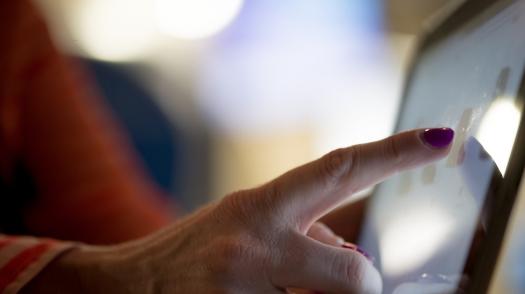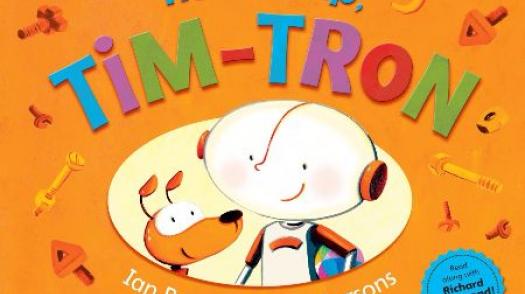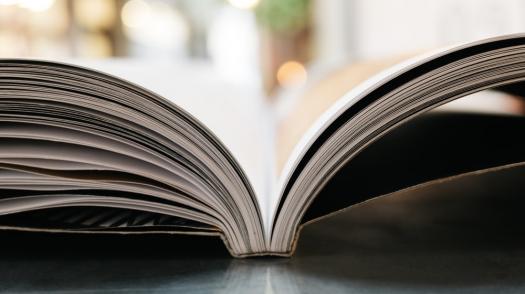Children are a work in progress, as any parent knows.1, 2
The brain is at the centre of this work, shaping each individual personality as it makes its way through its young life.
Acquired brain injury can affect almost any aspect of the way somebody functions, which is why it is such a complicated condition. And the effect it has on any of these functions can range from small (and hard to spot) to large (and more obvious).3
A child may not go on to pick up some of the skills they otherwise would have4. They may appear to make a good physical recovery, but some of the effects of acquired brain injury might be hard to spot.5, 6 Some of the effects might not come to the surface until later on, when the injured part of the brain starts to be used. 7, 8
After an acquired brain injury, some children lose the ability to do things they were able to do before, while holding on to the ability to do others.9 Some children begin to do things they didn’t before. Many parents say the changes in their child can be one of the most upsetting aspects of acquired brain injury. 10, 11
It was really important that we were prepared for the fact he wasn’t going to be quite the same lad he was before. To our friends and relatives, Michael was home from hospital and everything seemed back to normal. But it was tough to see him getting easily frustrated and irritable." Parent's experience
All children are unique, and acquired brain injury affects each of them differently
As always, we must stress that every child’s experience is different. 12, 13 We’ve brought together some of the difficulties associated with acquired brain injury, but this is not to say any one child will experience all of them.
It’s also important to remember that each difficulty doesn’t exist on its own
The effects of fatigue (or tiredness), for example, might make a child more irritable in their behaviour.
It may also slow down the speed at which they’re able to process information. Not being able to answer a question quickly might lead to frustration on a child’s part, and this in turn might lead to challenging behaviour.14 The young brain is always developing.
Another example might be difficulties with memory, which many children with acquired brain injury experience.15
We use our memories a great deal in our everyday lives, from talking to people to learning new information. If a child struggles with their memory, then their ability to keep up in conversations or at school may be affected too.2
Acquired brain injury is best thought of as a set of overlapping difficulties that often have an impact on each other.16 Let’s look at some of them in turn.
Changes in behaviour17
Parents say changes in the way their child behaves can be a source of great anxiety.18, 19 It's for this reason that we have given behaviour its own section.
We've divided the rest of our 'effects' section into two main sections.
There is a broad range of physical difficulties associated with ABI, from fatigue and tiredness to difficulties with the senses. We look at these effects in more detail here.
Our 'cognitive functions' are things that go in inside our heads, such as our thought processes. This section looks at difficulties with attention and memory, among other things. It also looks at how children may be affected emotionally by ABI.



